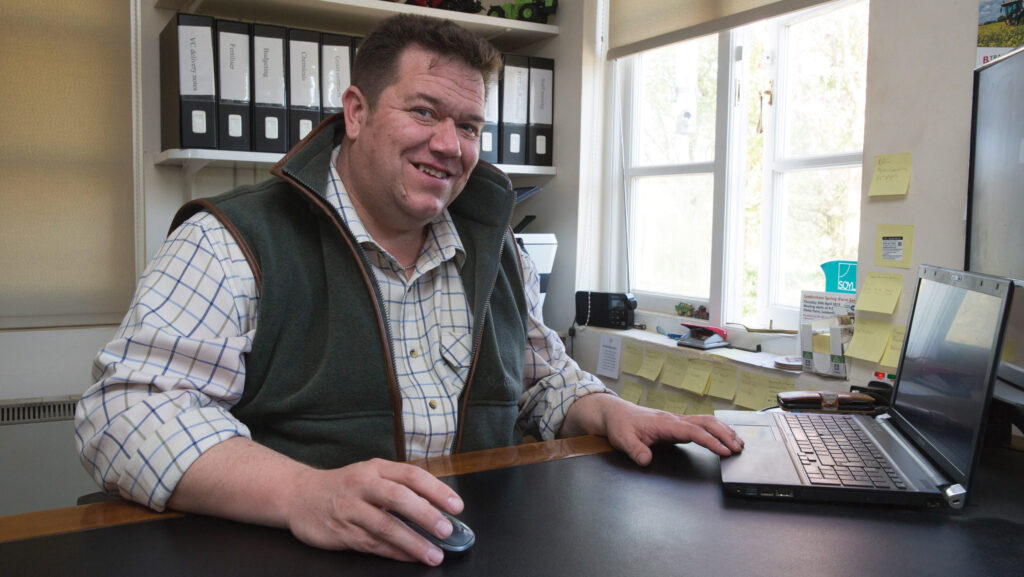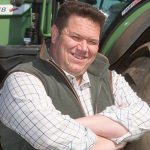Farmer Focus: More wet weather and a second SFI application
 Keith Challen © Tim Scrivener
Keith Challen © Tim Scrivener I’m conscious of sounding like a stuck record because, yet again, the weather is dictating progress.
At the time of writing we’ve had around 168mm of rain since mid-September.
The land took the first 100mm remarkably well and wouldn’t have hindered progress with drilling, but the next 50mm had far more effect.
See also: Video: Sugar beet harvest 2024 starts with highs of 100t/ha
Up until now the Horsch Avatar had performed well and emerging crops looked healthy, but not for long.
The onslaught of slugs then started and to date we’ve already treated pretty much everything drilled with pellets as we are well over the slug threshold on pretty much all fields.
With seedbed conditions deteriorating the decision was made to get the wet weather drill out yet again.
I’m pleased to say its going well, with stubbles travelling far better than cultivated ground, although progress is slow.
Early drilled Champion looks well on blackgrass-free ground and pre-emergence herbicides are working well.
We decided to drill slightly deeper this year to try to protect the seed from damage should it turn out to be a wet autumn again and so far this is paying dividends.
Last month, we made our second Sustainable Farming Incentive application for the precision farming actions PRF1: Variable rate of nutrients.
We will manage this through a new Generation 5 John Deere screen, which will control any granular fertiliser applications either with a spreader or through the drill at sowing in the spring.
All liquid applications will be managed through the Fendt screen on our Rogator sprayer based on green leaf area index again through the growing season.
The second part of the application was SOH1: No-till farming.
It’s long been a goal to move more towards this with 40% of the farm’s acreage being entered.
Unfortunately, this is a fixed element rather than rotational which will mean careful consideration will need to be made on what we grow and where.
It’s certainly going to be interesting, so watch this space.


